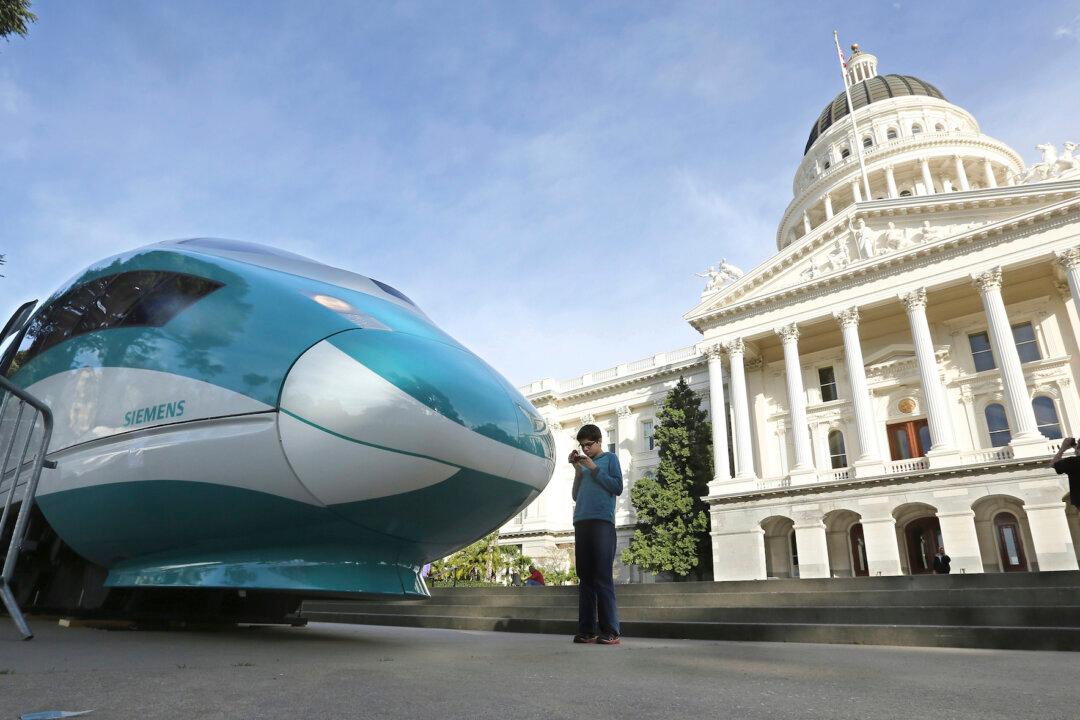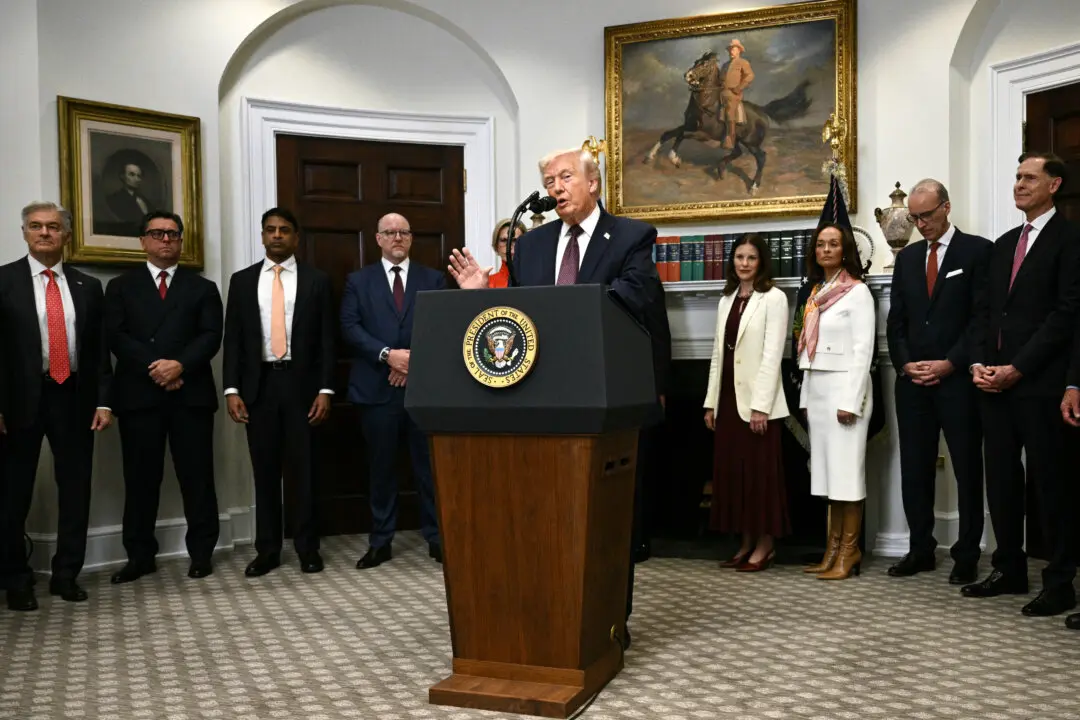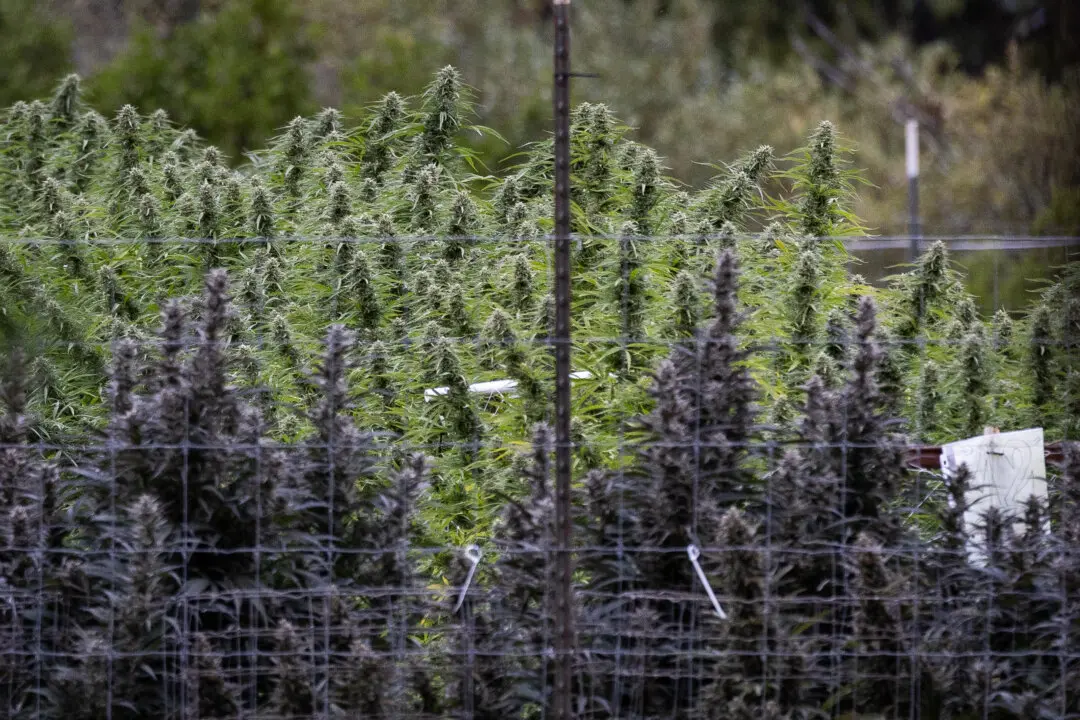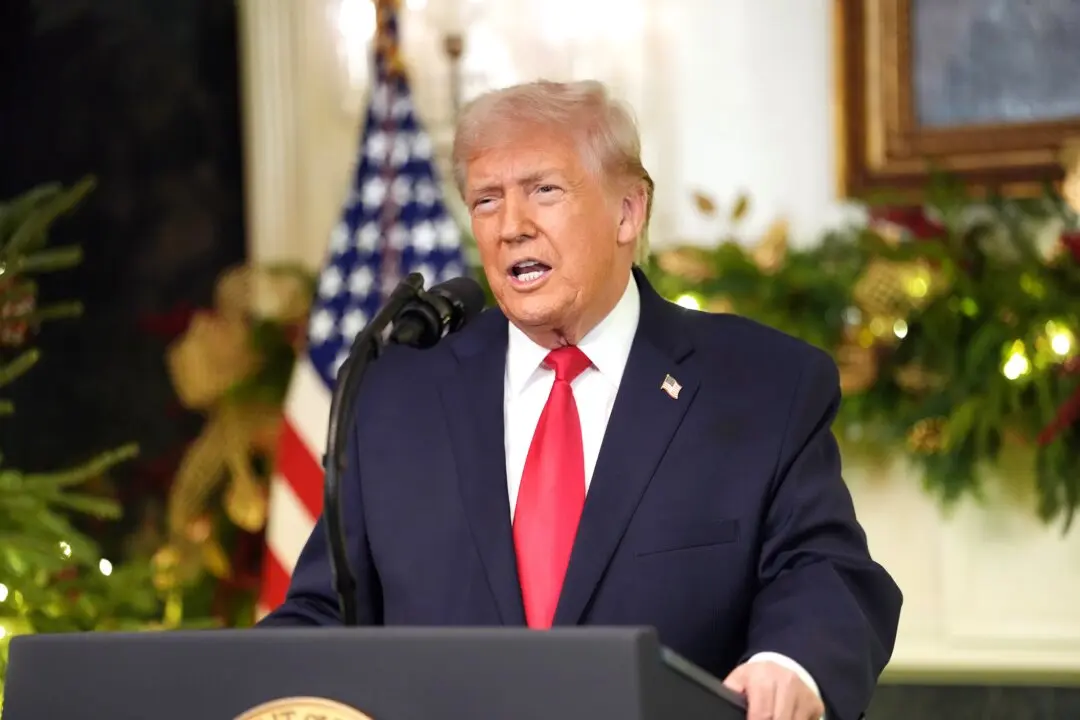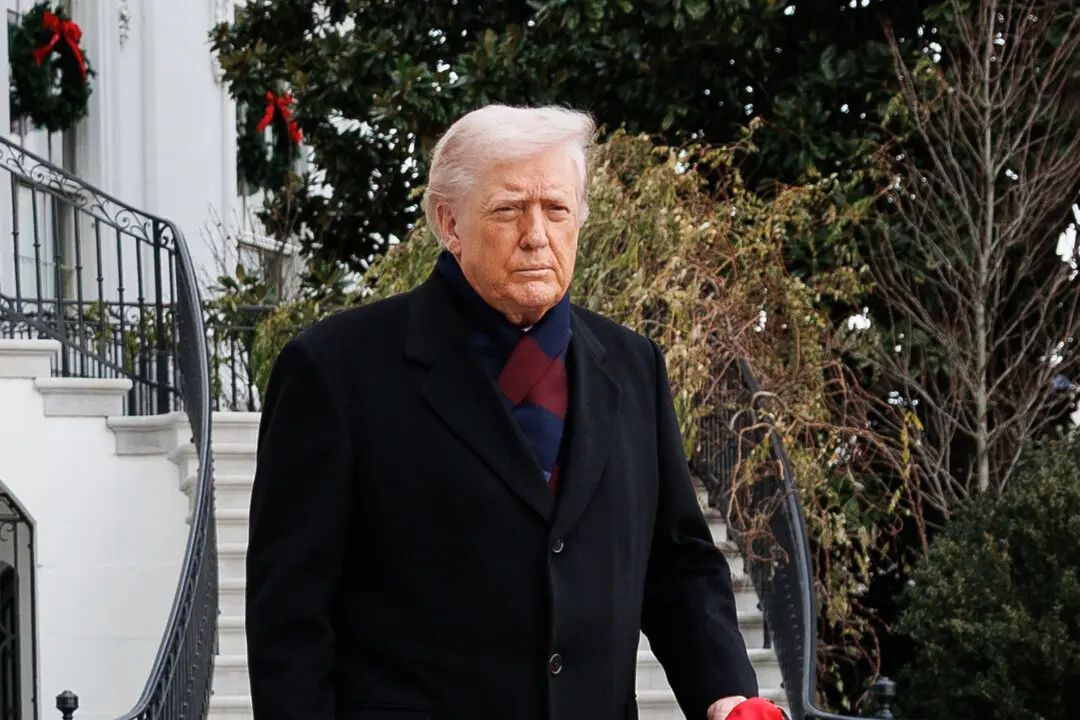California Gov. Gavin Newsom joined local elected leaders from Kern County and officials with the state’s High-Speed Rail Authority on Jan. 6 for a ceremonial pounding of the first symbolic spikes into the long-awaited track for high-speed trains.
“You want to be big, you’ve got to be big in big things,” Newsom said at the event. “This is the biggest economy in the United States of America ... and it’s about damn time we have a high-speed rail system in the great state of California.”
